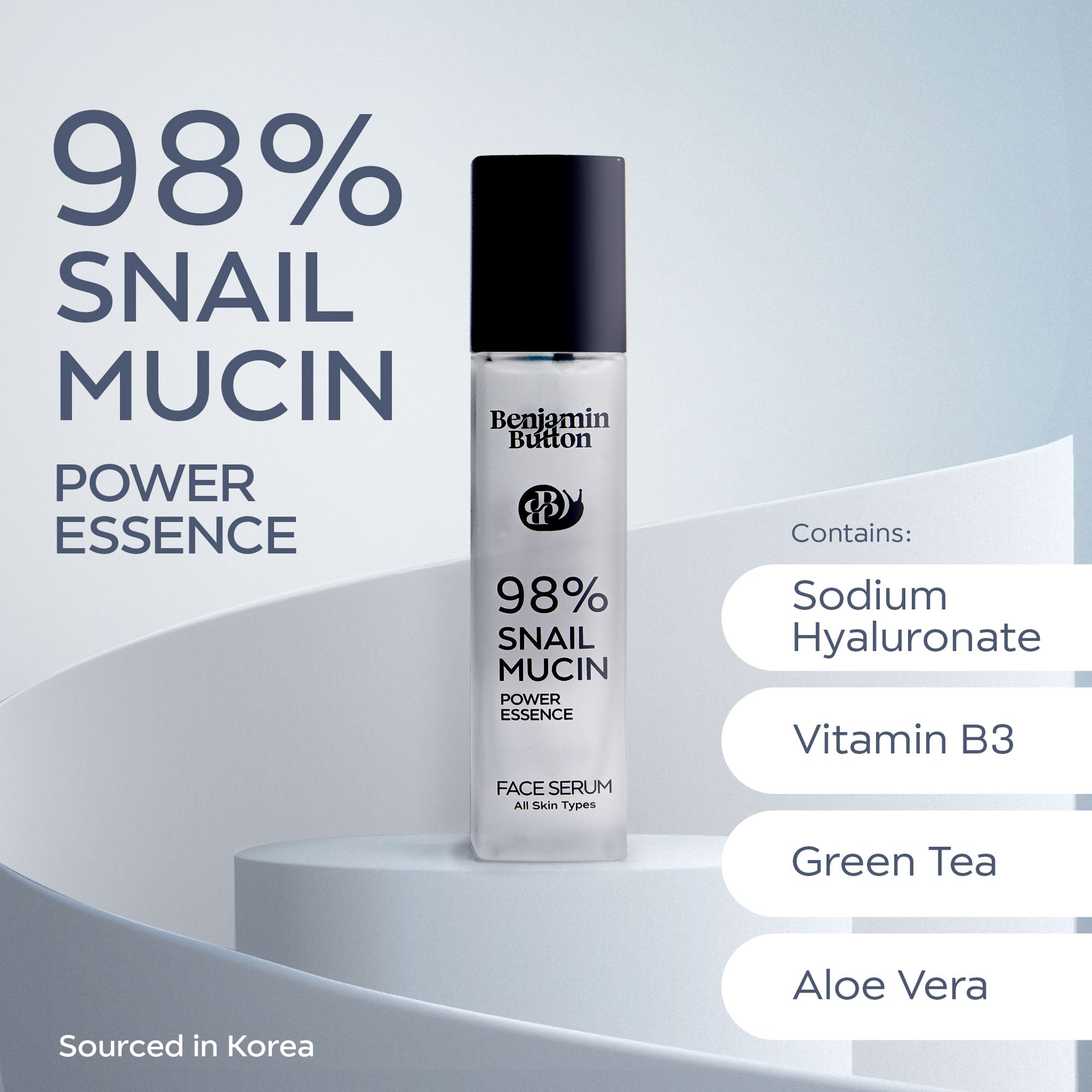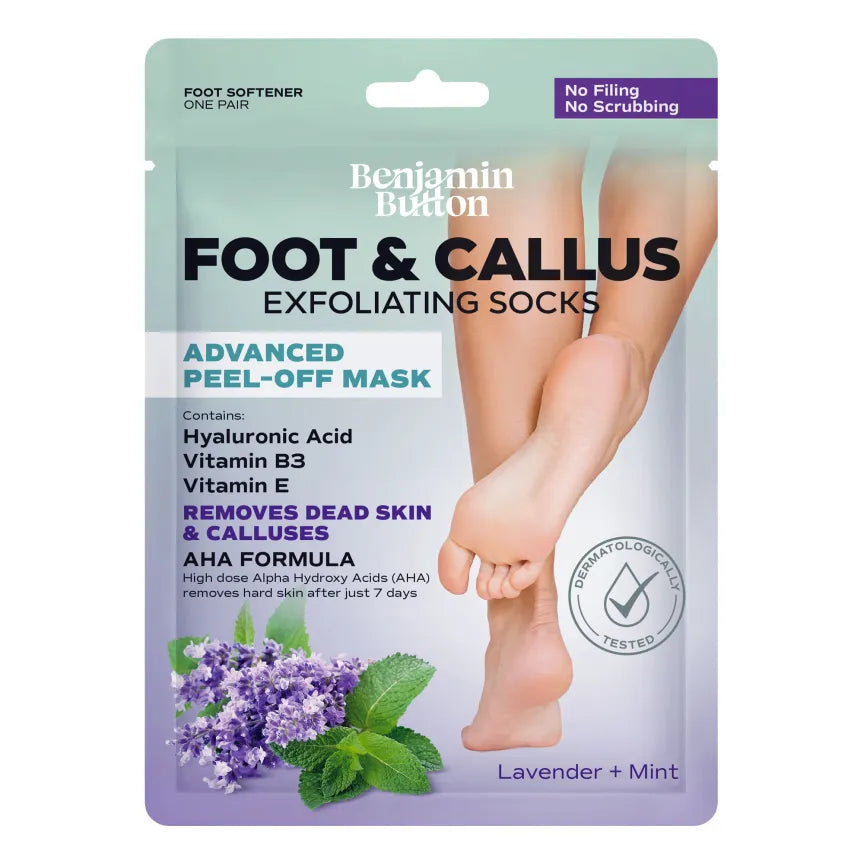Is 10,000 Steps Essential for Your Daily Health Goals?
The idea of walking 10,000 steps a day has become a widely accepted benchmark for achieving daily health goals. But is it truly essential? In this exploration, we will examine the origins of this number, its benefits, potential drawbacks, and alternative approaches to daily activity levels.The Origin of the 10,000 Steps Myth
The 10,000-step goal has a rather interesting history. It all started in Japan in the 1960s with the introduction of a pedometer known as "manpo-kei," which translates to "10,000 steps meter." Since then, this number has been embedded in the cultural fabric as a general guideline for physical activity levels. However, what many may not realise is that this figure was not based on scientific research but rather a marketing strategy. Over time, research has validated that walking can significantly contribute to health, but the specific target of 10,000 steps is not universally necessary for everyone.Health Benefits of Walking
Walking, regardless of the exact number of steps, offers numerous health benefits. Below are some of the key advantages:- Improved Cardiovascular Health: Regular walking strengthens the heart and improves circulation.
- Weight Management: Incorporating walking into your daily routine can help with maintaining a healthy weight.
- Enhanced Mood: Physical activity releases endorphins, which can improve mental well-being.
- Stronger Muscles and Bones: Walking helps strengthen the lower body muscles and can aid in preventing osteoporosis.
- Better Sleep Quality: Engaging in regular physical activity promotes better sleep patterns.
The True Importance of Movement
Instead of fixating on a specific step count, it may be more beneficial to focus on the overall concept of movement. Incorporating various activities into your day can help achieve your health goals without being confined to one specific target.Finding Your Personal Best
What works for one person may not work for another. Understanding your own body and your specific health needs is crucial. Consider these factors:- Current Fitness Level: Tailor your daily activity to your existing capabilities to avoid injury and build upon your strengths.
- Health Conditions: Those with specific medical conditions might need to adjust their activity levels accordingly.
- Time Availability: Physical activity can come in many forms and does not need to be lengthy; even short bursts can be effective.
Alternative Approaches to Daily Activity
While the 10,000-step goal is popular, it isn’t the only way to contribute to your health. Here are some effective alternatives:- Strength Training: Including two or more days of muscle-strengthening activities can be immensely beneficial.
- Active Commuting: Consider cycling or walking part of your route to work to seamlessly integrate movement into your day.
- Incorporate Active Breaks: Instead of a sedentary lunch break, take short walks or perform simple exercises.






















